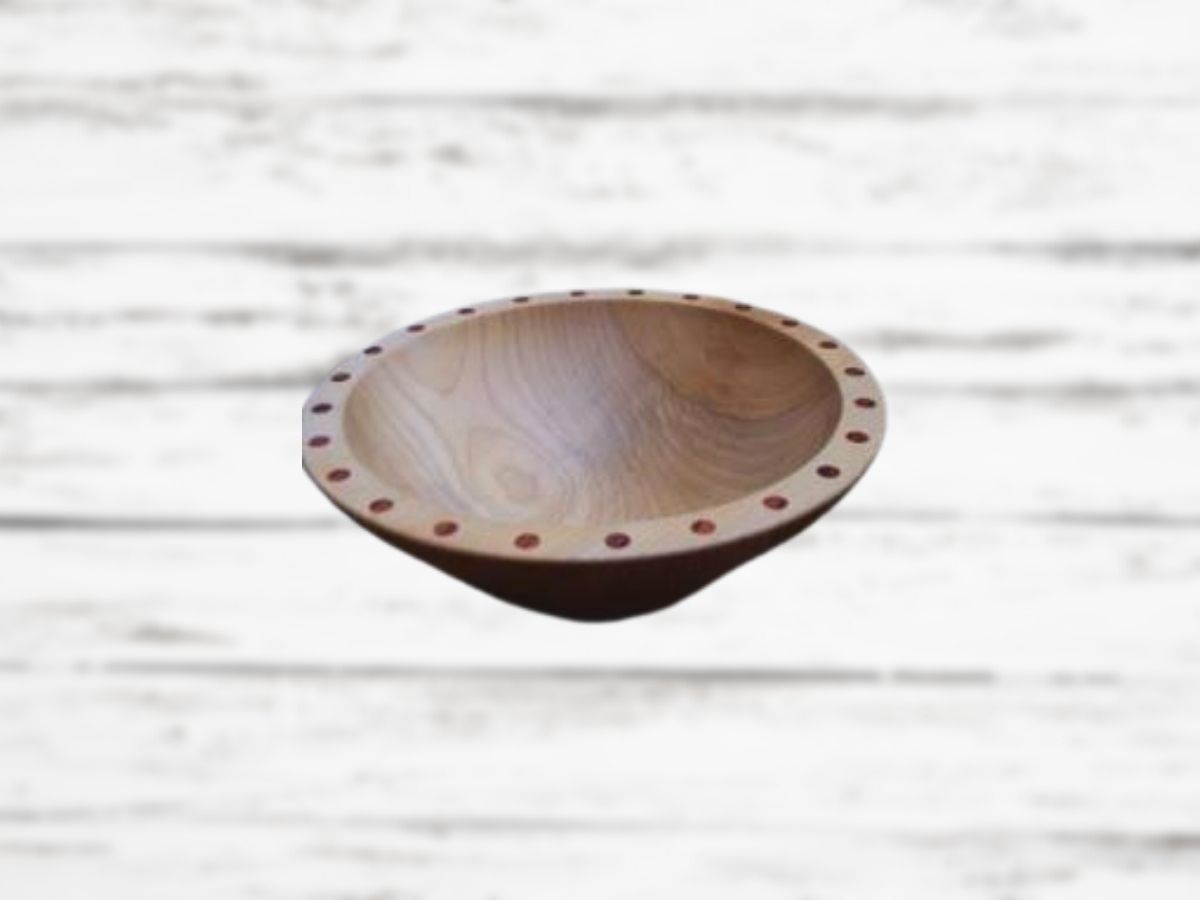I don’t turn a lot of bowls each year, perhaps 12 to 15 at the most, and often they are small bowls that are never finished because they were used to test a tool or show a student how to turn a bowl. I seldom apply any decoration to a bowl, but occasionally I do get an urge to try something different. This story is about such an occasion.
Nearly two years ago, I had rough-turned and cored a nice 10-inch maple bowl. I decided to finish it and do some form of decoration on it. The decision was to put a circle of 24 dots of contrasting wood on the top of the rim of the bowl. So, when I finished turning the bowl, I left the top of the rim wider than I normally would.
This was shortly after I acquired one of Richard Benham’s Rim Chucks so I tried using the Rim Chuck to turn the foot of this rough turned bowl to fit my Nova Chuck with large jaws. The bowl was a bit warped on top and somewhat out of round; however, it fit nicely into the Rim Chuck so I could turn the foot to fit my chuck (see the photo) below.
I never trust any of the reverse-chucking devices completely and normally give additional support with my cup-shaped live center as shown in the photo.

With the foot turned to fit into the chuck, I mounted the bowl in the chuck and finally turned the outside and the inside. Incidentally, I used the cup-shaped live center to support the bowl in the Nova Chuck also. This allows more aggressive turning without concern of losing the bowl from the chuck.


I used some reddish-colored wood that we had in inventory. I don’t know its name because it came from a scrapped-out crate. So I just call it “Crate Wood”. This board was 3/4” thick. I used a plug cutter to cut enough plugs to fill 24 holes around the rim of the bowl.
I then used a Forstner Drill in the Oneway Drill Wizard to drill the 24 equally spaced holes, the maximum indexing positions on my Nova DVR 3000. Actually, I glued in a plug each time I drilled a hole. The glue used was Tite-Bond 2, which is the glue that I use almost exclusively. I’ve never had a glue joint fail with this glue, which is a good reason to continue its use.
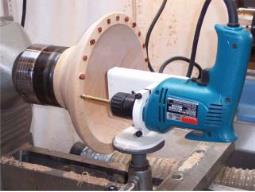
Once the glue was dry, I turned away the tops of the plugs, finish-sanded, and applied finish to the inside and outside of the bowl.
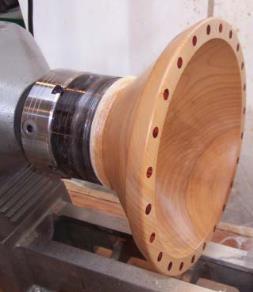
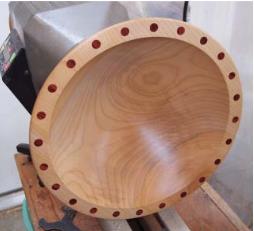
The bowl was now ready to reverse and turn the foot. I would have normally reversed the bowl onto my vacuum plate made by Vicmarc that I’ve had for a number of years. However, the Rim Chuck was easier to set up and worked very well. Again, for safety sake, I used tailstock support; something that I do with any reverse turning method, whether it is a jam chuck, a vacuum chuck, a Longworth Chuck, or the Rim Chuck.
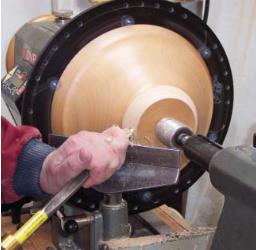
If you haven’t tried decorating one of your bowls, perhaps it is time that you gave it a try. This was a very simple method, but only one of many ways to enhance the appearance of a fairly plain piece of wood. Give it a try.
This guide was written by Fred Holder
